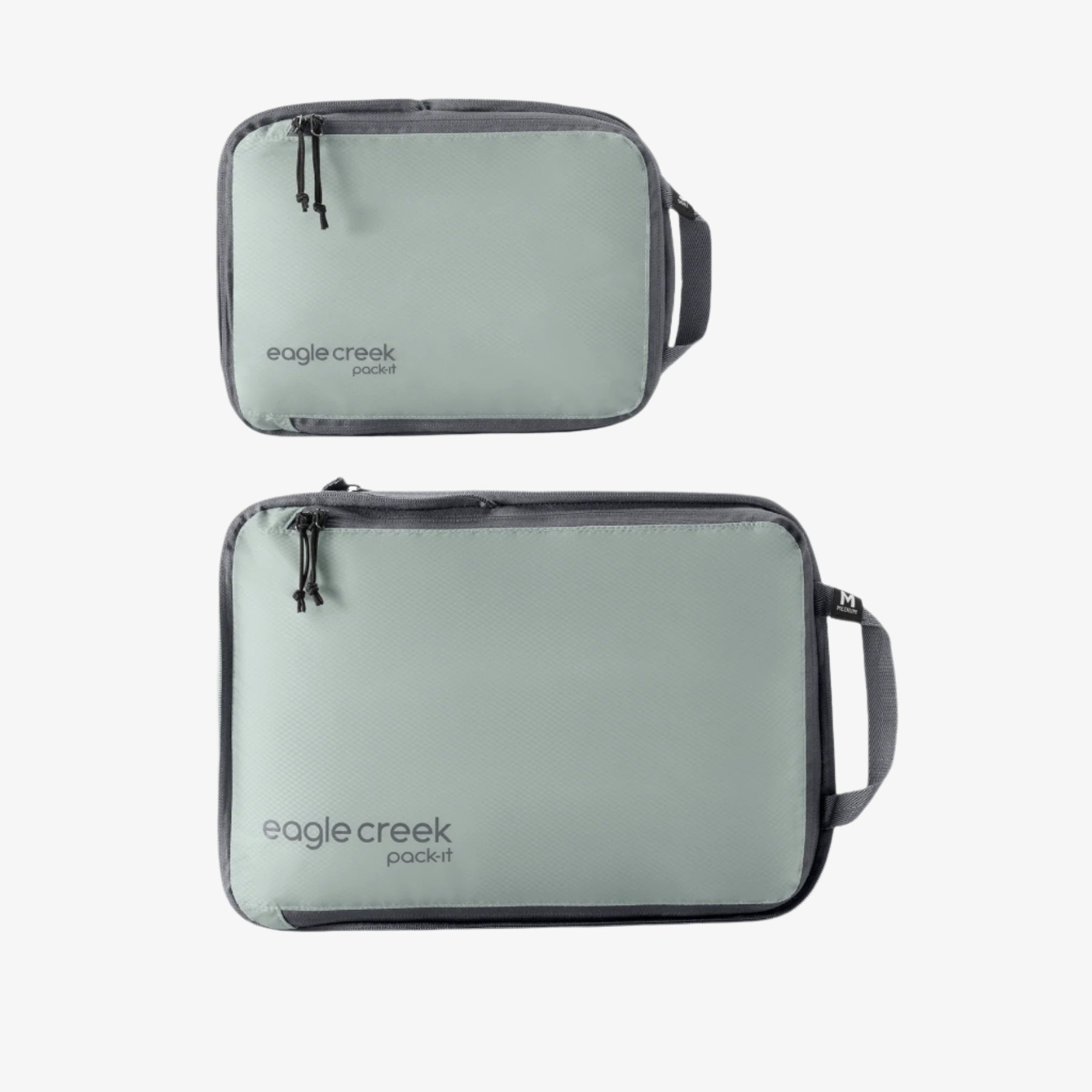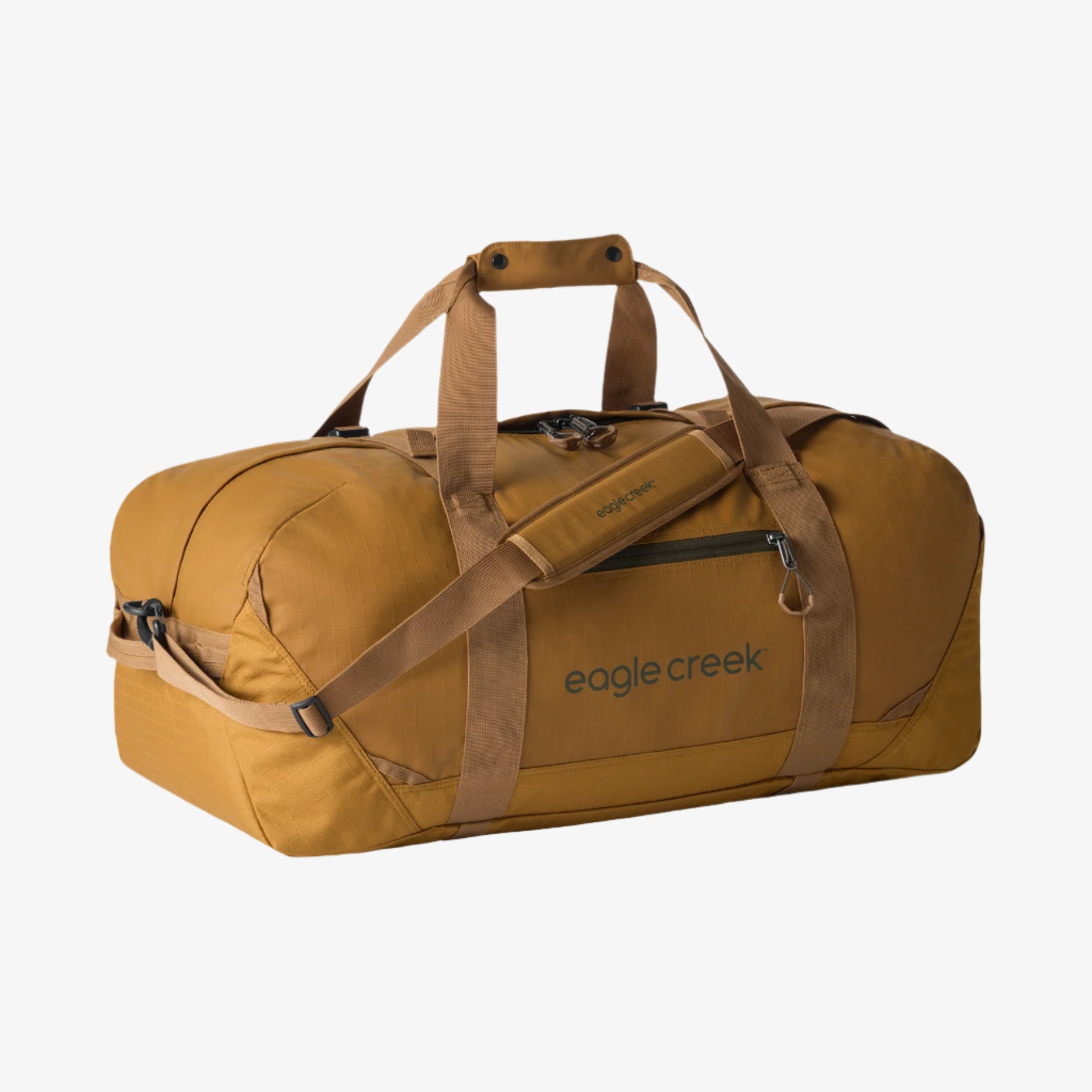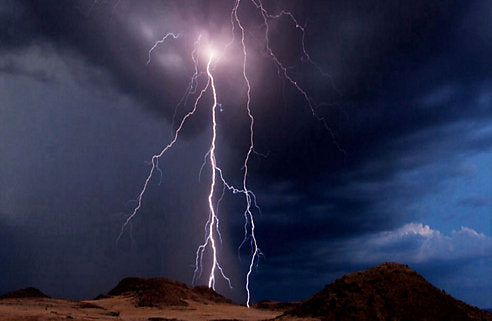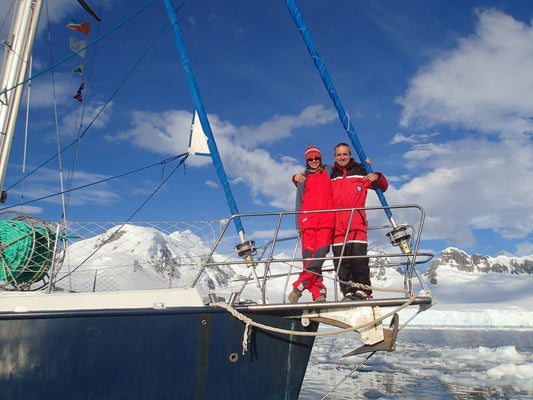The Best Storm-Sighting Travel Destinations in America

MOTHER NATURE CAN PROVIDE SOME OF THE MOST ADVENTUROUS TRAVEL EXPERIENCES AROUND, FROM CHASING TORNADOES IN THE MIDWEST TO CATCHING THE BIGGEST SWELLS ON THE CAROLINA OCEAN FRONTS.
For a certain type of adventurer, there is an allure to watching the clouds roll in and seeing Mother Nature’s show of lightning strikes take over a landscape—you just have to know where to go for the experience. Each part of the country is susceptible to its own type of storm, from the twisters of the Midwest to the monsoons of the Southwestern deserts. These four destinations boast some of the top storm-watching spots in the country, and offer a unique sense of adventure all their own. So grab your umbrella, pack your bag, and get ready to chase some of the best storms you’ve ever seen.
Monsoons in the Southwest
The Southwest is a gem of extreme weather. The New Mexico deserts are dusty and dry most of the year, but every summer brings monsoon season—and with it, desert wildflowers, cooler temperatures, and thunderstorms that take up the entire sky. Throughout June and July, thunderstorms occur nearly every day across the Sangre de Cristo and Sandia mountain ranges. After the sun goes down, heat lightning strikes the sky, producing electrical displays that flash with clocklike precision throughout the night. Storms usually only last an hour or two during the midday and early evening, and clear up just in time to create awe-inspiring desert sunsets. Hyde Memorial State Park in Santa Fe offers campgrounds and trails with amazing vistas overlooking the valley of the Sangre de Cristo Mountains, giving you the perfect vantage point for powerful storms and stunning sunsets.
Tornadoes in the Midwest
The flat fields of the Midwest make for some amazing summer storm-sighting opportunities. Though it’s in the heart of tornado alley, Kansas allows you to see strong weather from a safe distance; the land is so flat that you can be more than ten miles away and still witness a twister. Hop in your car and road trip to the Tallgrass Prairie National Preserve where you can see 17 square miles of rolling prairie from the Flint Hills Scenic Byway. Bison roam the preserve and thunderstorms that are big and bad enough to produce funnel clouds that roll in about once a week during the summer months. Travel in May and June for the best chances of seeing a tornado, and go with a professional storm-chasing guide to get up close and personal while ensuring you’re safe instead of sorry. Silver Linings Tours is owned by one of the most respected storm chasers in history, Roger Hill.
Lightning Shows in the South
Hurricanes that plague the South are a dangerous and powerful natural phenomenon due to their powerful gales and flash flooding. But when storms don’t do damage, they can be amazing to watch. On the Gulf coastline, stretching from western Florida to southeastern Texas, systems over the ocean produce bigger storms as they pick up force and moisture above the seawaters. Known as “Lightning Alley,” Central Florida is a hotspot for lightning photographers who snap away when these storms blow in off the eastern sea winds and find land. There the thick, humid air forms a cauldron of thunderstorms and lightning displays that can last all day and night. The “alley”—which stretches from Tampa to Orlando—can produce as many as 50 lightning strikes per 1 square-mile, per year. Local resorts, such as the TradeWinds Resort on St. Pete Beach, even host lightning watch parties. Storm watching is best during the summer months: June through August.
Winter Storms in Washington
During the winter months, you won’t find snow along the Washington state coastline, but the cold, rocky beaches offer storm watching that is unlike anywhere else in the country. Think: 30-foot ocean swells on craggy coastline, salt sprays in dense fog, and moody drizzles cozier than any snowfall. The famous La Push area is a series of beaches chained together to create nearly 40 miles of sand, pebble, and evergreen-covered coast along pristine Indian reservation territory. The place to catch the storms is First Beach, where a sturdy water breaker protects boats from unruly surf but still allows for amazing views of Pacific waves tumbling onto the beach and into the cliffs. It’s especially amazing to see a storm during the high tide of a hull or new moon. If you choose to be on the beach while watching, steer clear of logs (they get tossed around like sticks) and keep an eye out for sneaker waves. The best time to see the storms is November through February.
Growing up on a farm in Missouri, Lauren Steele learned to love the outdoors from a young age. Her desire for adventure, love for running, and passion of writing has allowed her to see some awesome places, run some amazing races, and write for some great publications. You can find her most recent work elsewhere at Outside Magazine, Men’s Journal, and The Collective Quarterly.
While Eagle Creek is here to provide tips and insights on travel, we cannot accept any responsibility for any potential consequences arising from the use of this information. Always conduct your own research and use your best judgment.
Related Posts
The Most Incredible National Parks to Explore in Winter
Best Places to Visit in February and March
Affordable Winter Getaways: 5 Places to Escape The Polar Vortex





































